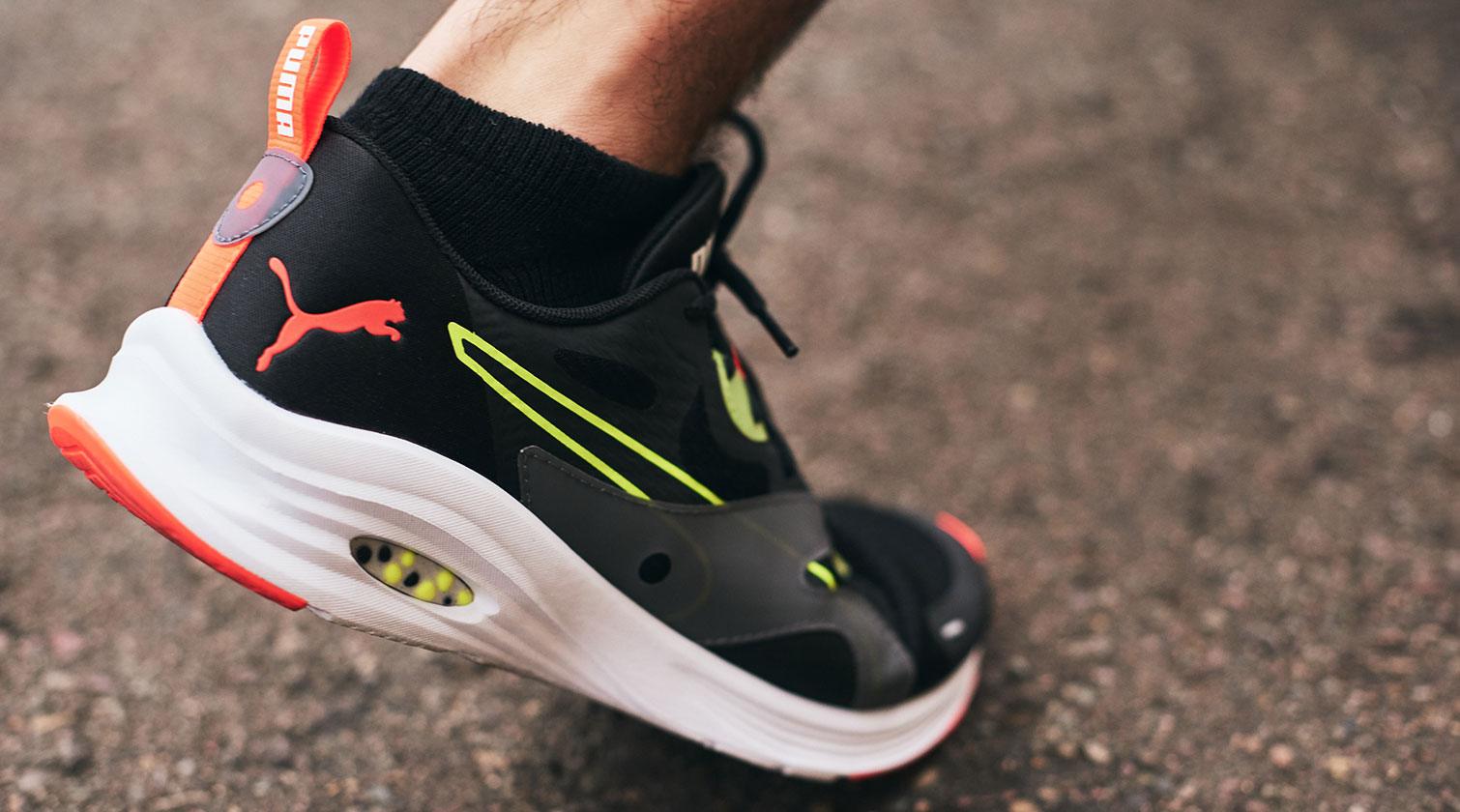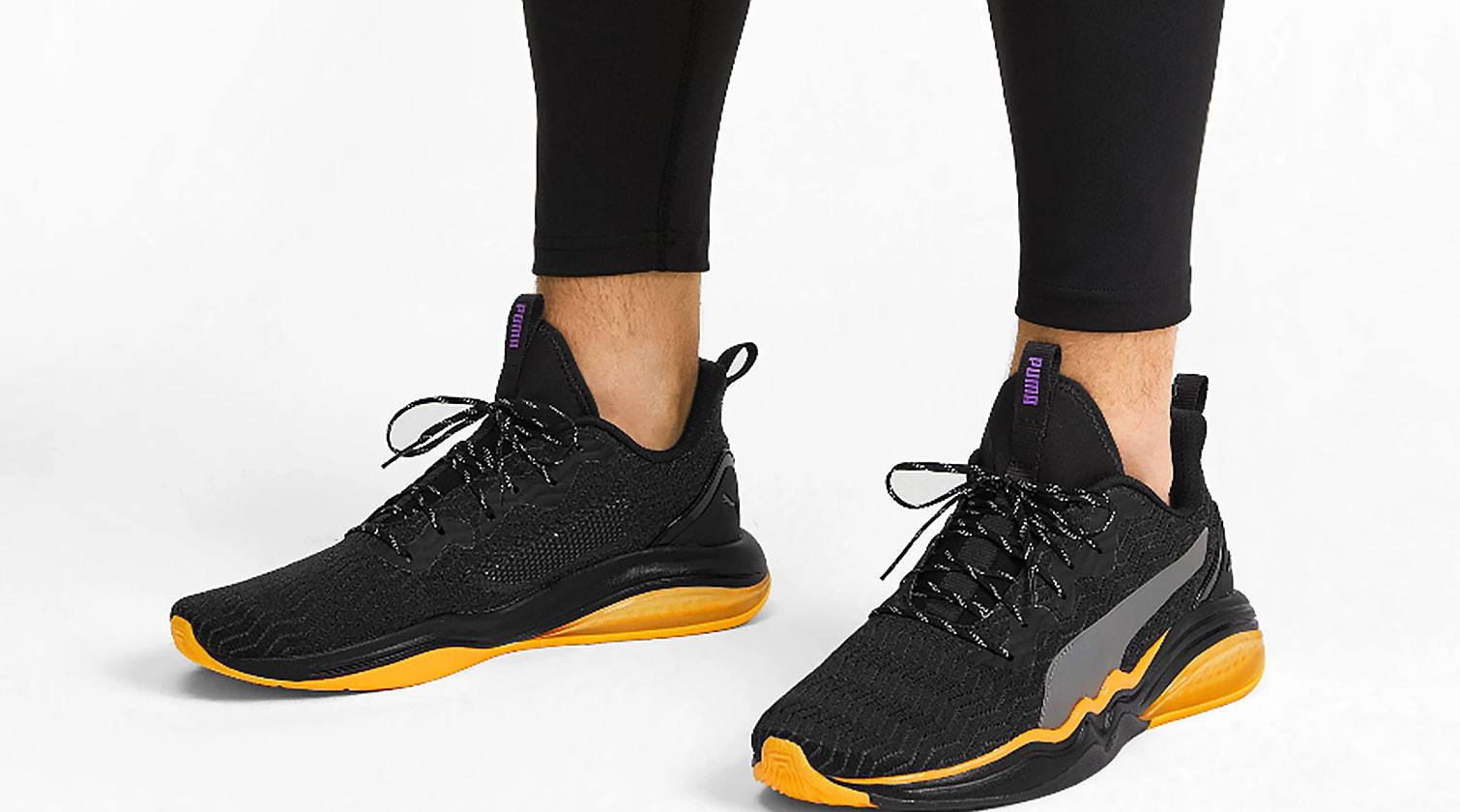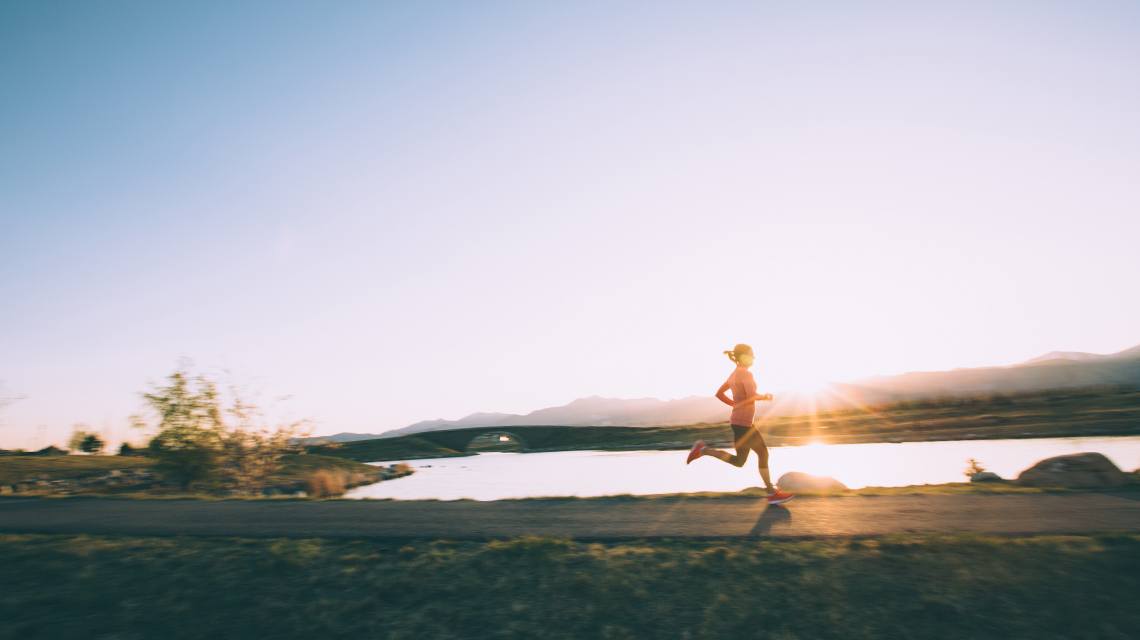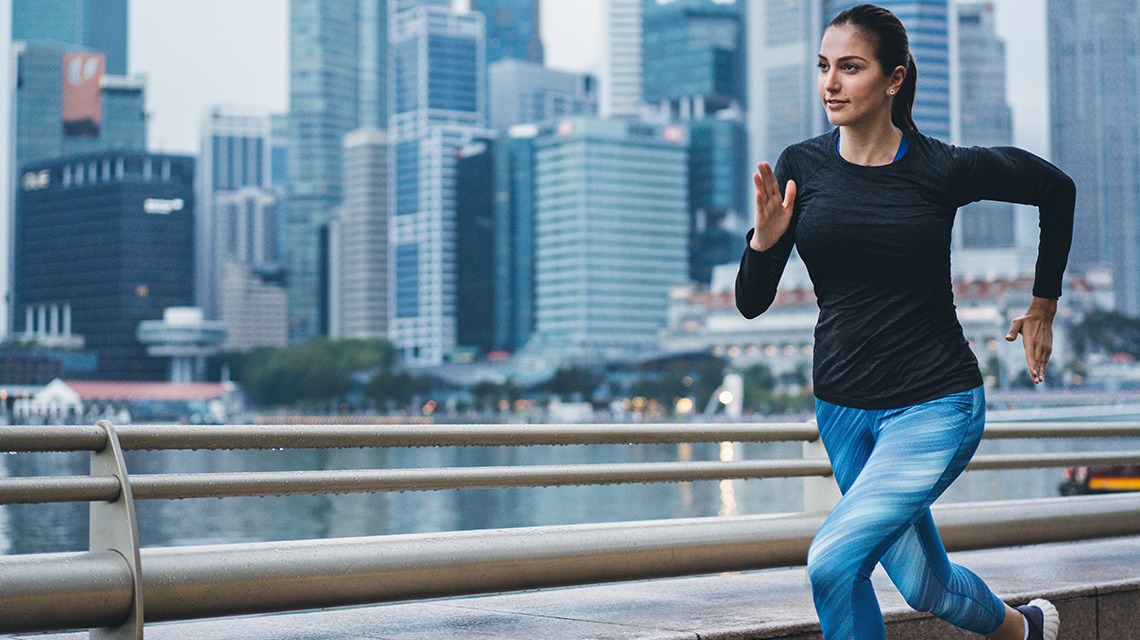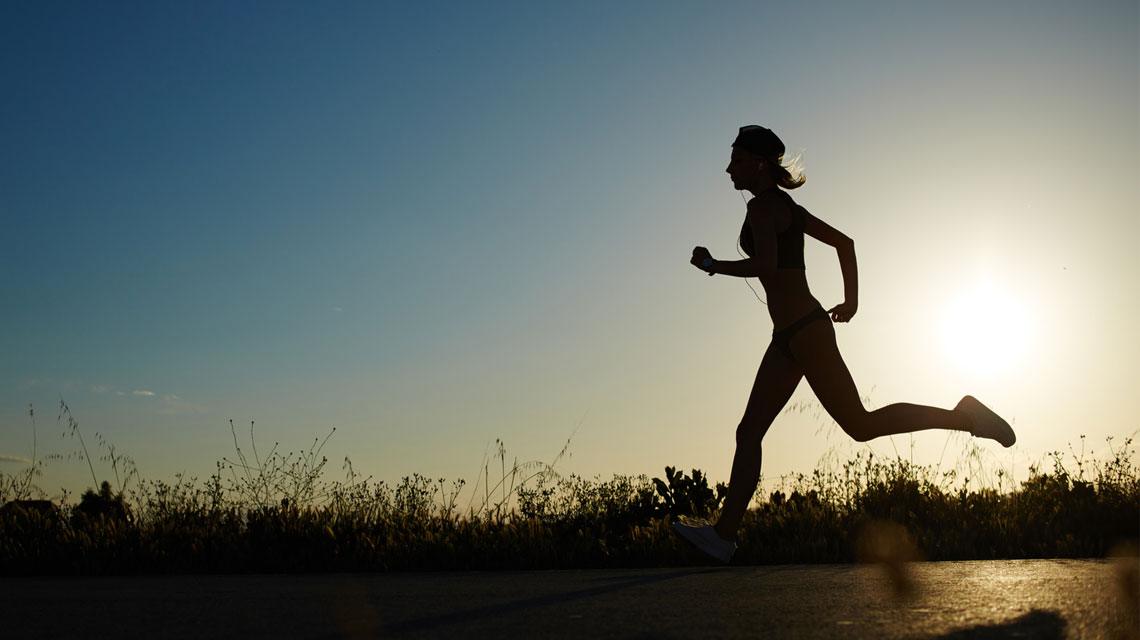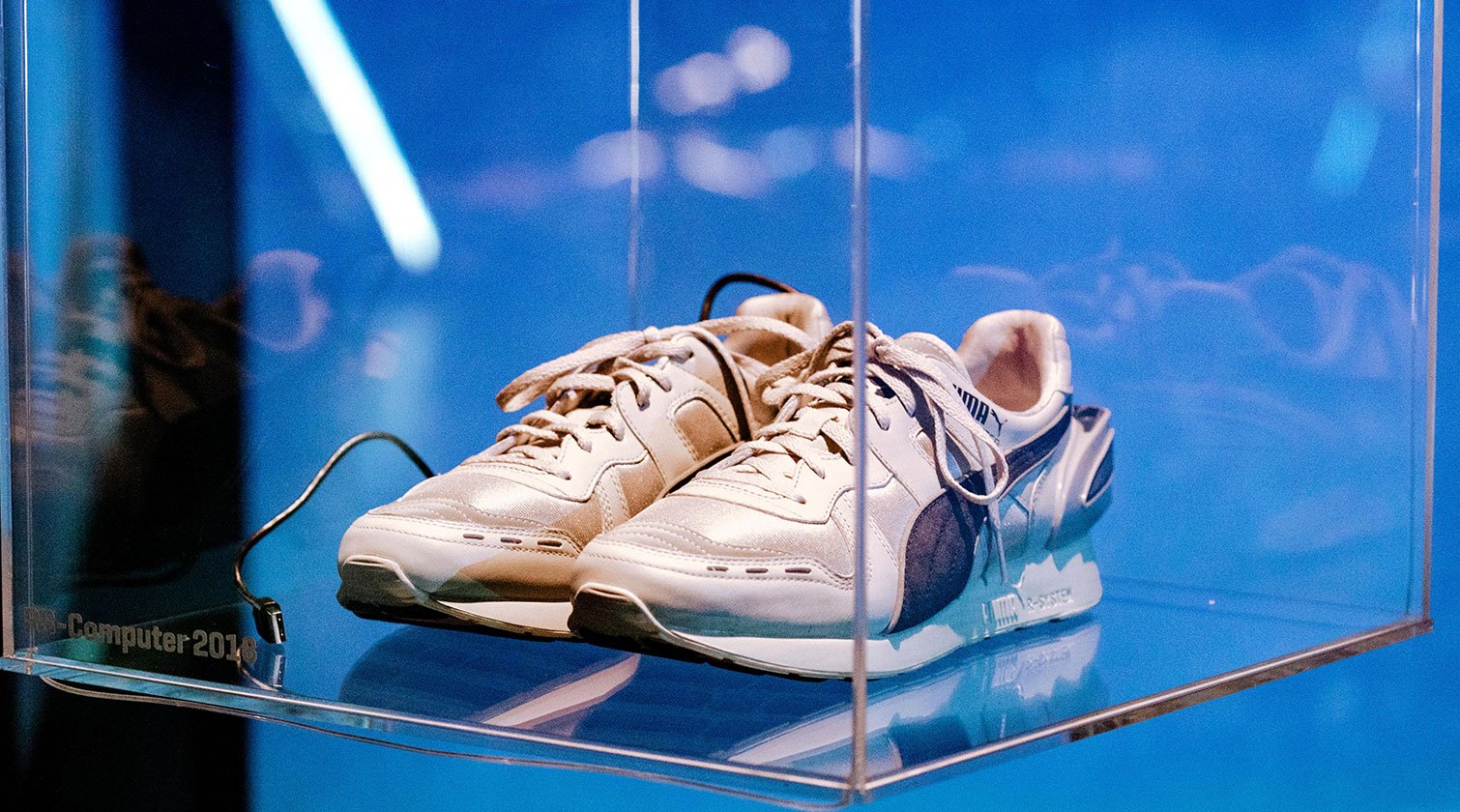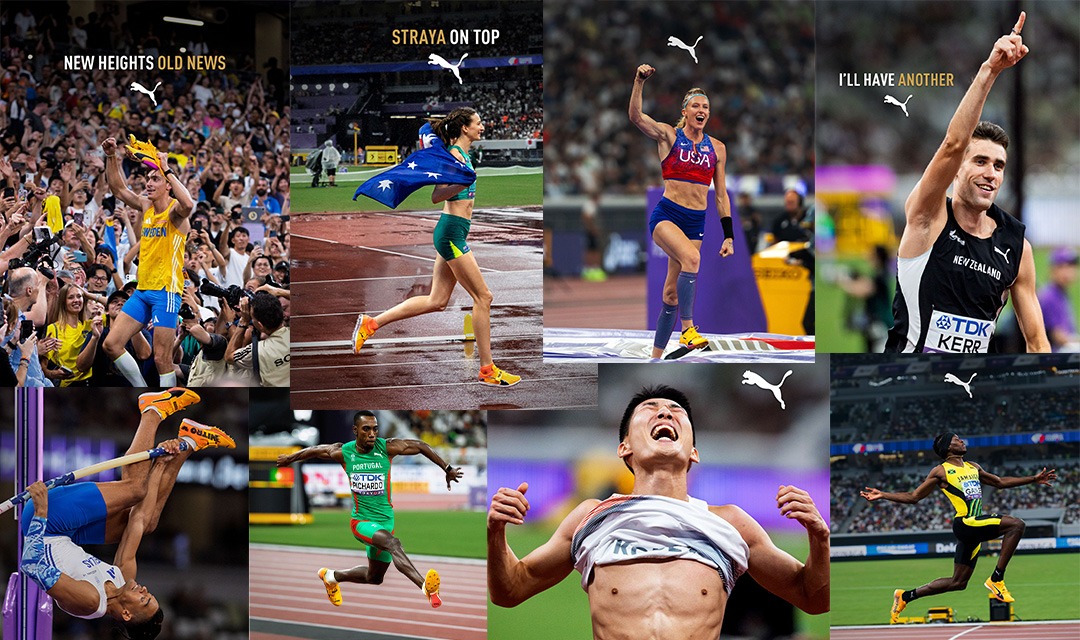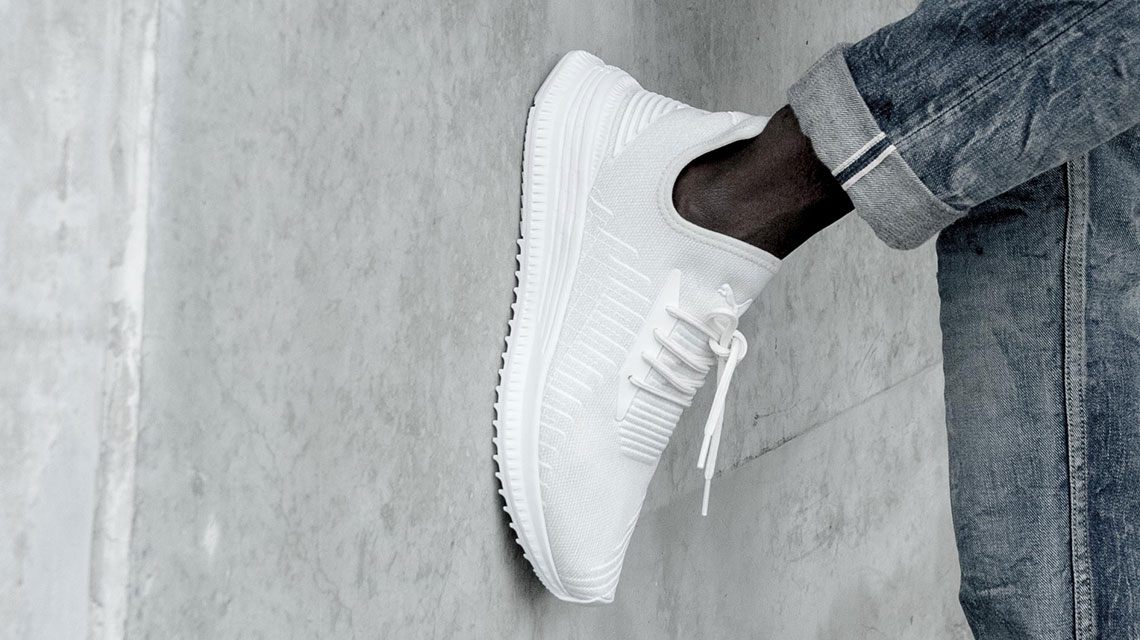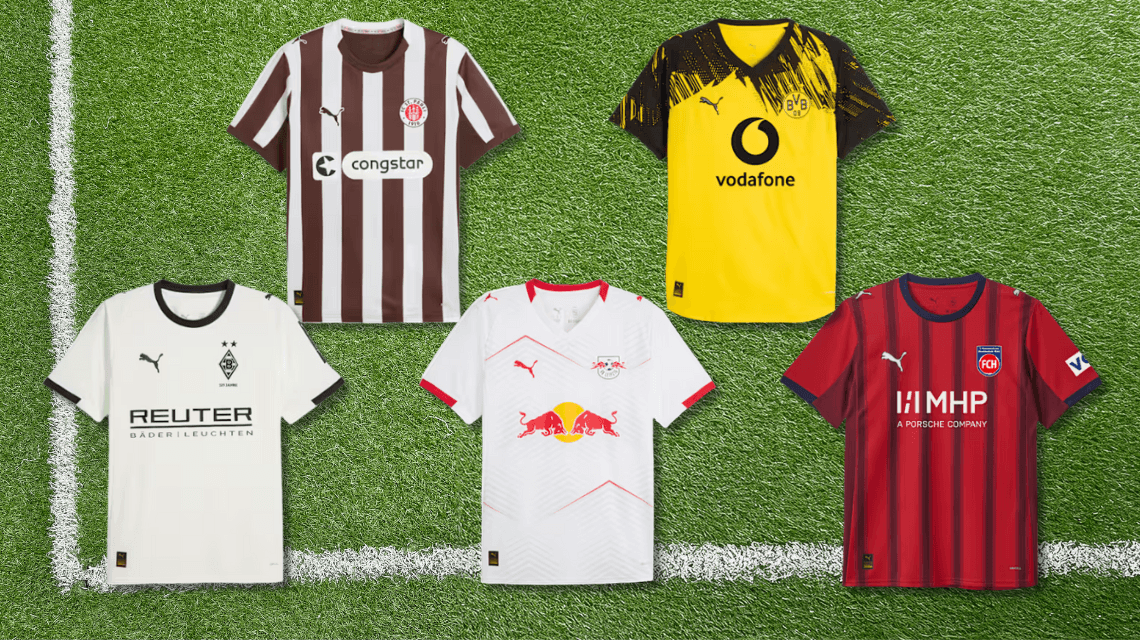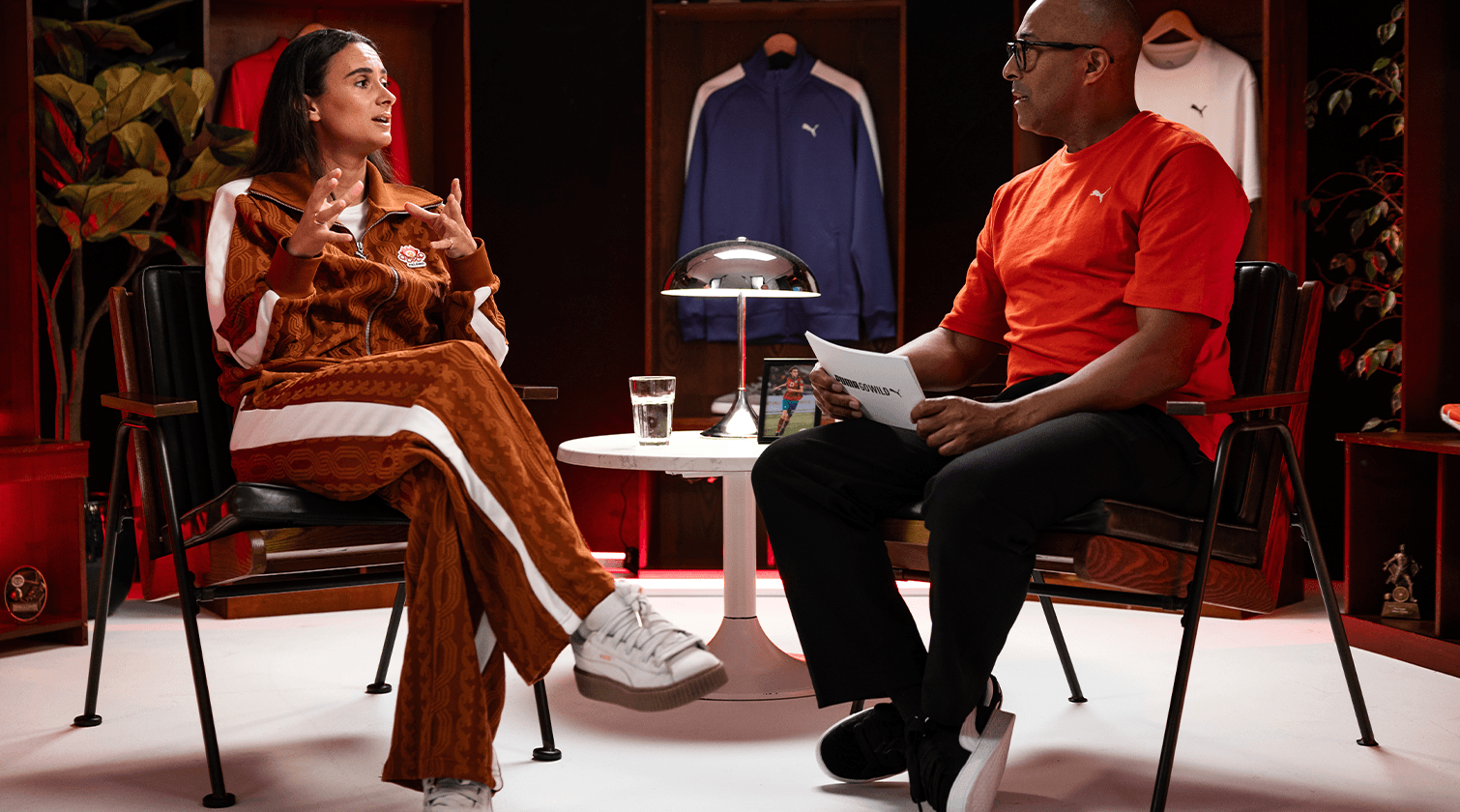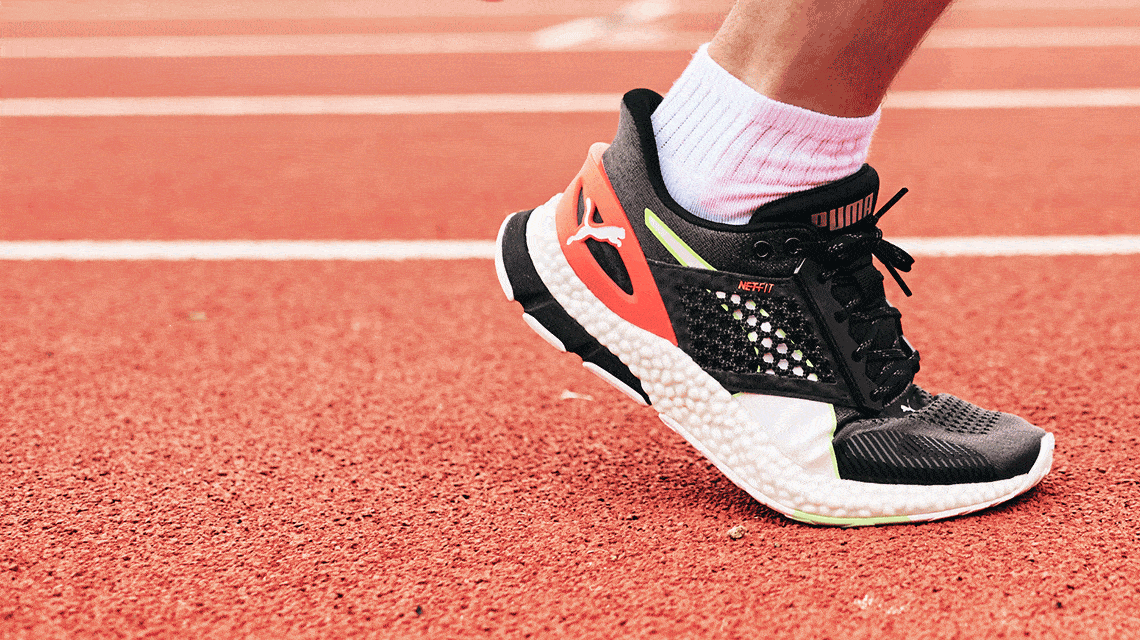
Understanding which shoe is best for your chosen activity can be overwhelming and tedious. But whether you’re hitting the trails or lifting weights, a “one shoe fits all” approach may hold you back and even lead to injury. The demands of our feet are individual, however there are some common themes to look out for when choosing a shoe to both improve performance and reduce injury.
Don’t make the mistake of training in an “all-rounder”. Get your head around the best shoe for your training using the guidelines below:
Running
Running shoes are often the most complicated purchase. You need to understand what type of shoes your feet need, taking into consideration pronation, width and level of support and then add in the elements of weekly volume and terrain. The result? One running shoe can be completely different to the next. For the sake of understanding guidelines, let’s leave the individual needs at the door and break down the rest…
Road Running
Lightweight, cushioned, supportive & comfortable.
Research shows that a lighter shoe reduces energy expenditure, however if you’re throwing down more kilometres, the extra cushioning provided by a heavier more cushioned shoe may be the better option.
HYBRID Fuego with a lightweight synthetic upper and superior cushion from heel to toe so you can power through your run.
Trail Running Grip, stability & robustness (+ all the above)
Comfort is number one for trail runners, hands down. After that it’s all about terrain; technical or smooth, flat or hilly, dry or wet. All these aspects are taken into consideration when choosing a trail shoe. On technical trail grip and robustness become very important. Being able to confidently tackle slippery rock or unstable surfaces is the difference between finding flow and needing to hike. Rigid shoes with deeply set lugs are best on technical terrain however won’t serve as a comfortable road running shoe. If you’re looking for a hybrid shoe, shorter lugs (2-4mm) will mean a softer on road feel while still providing enough grip for sure footing.
What about barefoot running?
Running is a high-impact activity that results in large forces being moved through the ankle, knees and hips when the feet hit the ground. Running shoes were developed with high levels of cushioning to help dissipate this force. However, studies have shown that runners who wear shoes tend to strike the ground heel first, generating a force up to three times the body weight and increasing the risk of injury. Barefoot runners are found to have a shorter stride meaning increased cadence, reducing the impact on their lower bodies.
This concept is incorporated to a minimalist shoe which aims to protect the feet from the elements while mimicking the barefoot experience. It’s geared towards building foot proprioception, strengthening the lower leg while improving running posture and gait.
Note: As we have been stuffing our feet into shoes for decades if you want to transition to barefoot running, make it slow. The body needs time to adjust to the new movement and rebuild strength.
Strength training
Little to no heel drop
The problem with wearing a running shoe while lifting weights is that these shoes have built in cushioning that dissipates the force that would otherwise be transferred through the floor. A shoe with a hard, flat sole allows you to generate more force, resulting in a bigger lift. Generally speaking, you want a heal-to-toe drop of 4mm or less.
What about lifting shoes with an elevated heel?
An elevated heel helps improve ankle mobility and torso position during lifts like a snatch or clean-and-jerk and creates a deeper, more upright posture during a squat. However, for movements like a deadlift, where a higher proportion of the weight must be moved to your heels, these shoes are not ideal.
CrossFit
Minimal heel drop, durable & roomy toe box.
From olympic lifting to box jumps, rope climbs to running, the mix of movements in a CrossFit workout means that a multifunctional shoe is best. Most CrossFit shoes have a flat sole (similar to that of a lifting shoe) with more flexibility for greater movement. Some CrossFit shoes even come with extra grip for rope climbs. Keep an eye out for shoes with a wide toe box which allow you to distribute your weight through your toes while maintaining proper alignment.
LQD CELL Tension Rave, offering most stable cushioning for high-intensity training and dynamic movement.
Note: CrossFit shoes are also appropriate for High Intensity Interval Training (HIIT) or circuit training.
When investing in a new pair of trainers, take the time to consider what is most important to you: cushioning or grounding, lightweight or robustness? Understanding the impact of shoe design on performance means you can make the most out of each and every training session. So, lace up, work hard and tackle those fitness goals.
Hannah Porteous is a personal trainer & wellness coach based in Sydney, Australia. She is the founder of women's community #PARKSWEAT (www.parksweat.com) and Sydney Trail Sisters (@sydney_trail_sisters).
What else ist there?
Catch up now speaks more languages
To enable as many users as possible to connect with us and be part of our world, we offer CATch up in English, German, French, and Spanish. Please note that these translations are automated and may contain errors.
